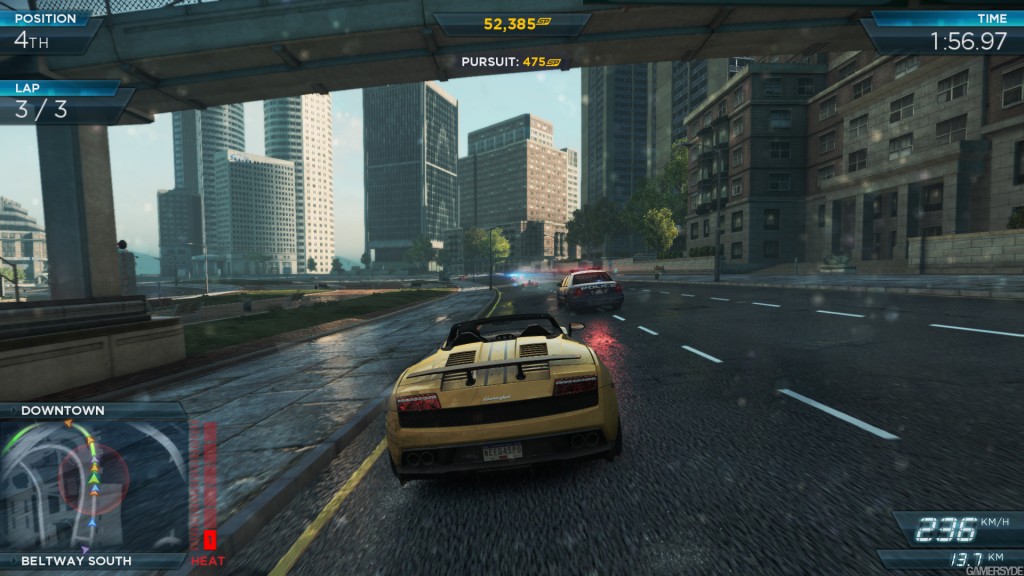What Can Engineers, Architects and Designers Learn from Video Games?
For many years I have been fascinated with visual effects in TV, film and, most especially, video games. While I grew up with the Sega Genesis, Dreamcast, PC games and Xbox, I have never considered myself a gamer. I have a tendency to download many game demos… just to see how they look. I did this a lot with the Xbox 360 and, more recently, iPhone, iPad and Android. I have realized more recently, however, that almost every game I would ever want to check out is a few clicks away on YouTube and it won’t take up space on my phone.
Video game companies have pushed the envelope on graphics for decades. They have been continually pushed forward by hard-core gamers using the best hardware available. Console game designers have been blessed with the ability to create games to specs of the next generation. While the eventually game reviews are based on a variety of factors such as gameplay, level design and character development, mainstream judgment is largely based on how good the game looks. Millions are spent on advertising trailers on prime-time television for a reason.
As I have delved further and further into the world of modeling in 3D, I have wondered… “Why do my project visualization renders not look like Need for Speed?”
While this is a legitimate question on the surface, it really isn’t a fair comparison. I’m usually a one-member team combining actual CAD data with a virtual world using software I’ve hardly used before. (Let’s review this again really quickly- I’m really passionate about visualization but am far from an expert.) My budget doesn’t extend beyond limited hours at work and perhaps one software upgrade. My end results also aren’t typically judged on how ‘pretty’ they are but, rather, how accurately they represent the design of the engineer.
All of that said, there is still much that myself and the rest of the project visualization industry can learn from the video game industry.
And while I will give a few thoughts on this topic, I’m going to spoil the punchline- this is an open ended question that I don’t have the answer to right now. This is intended to start a discussion that will hopefully continue for a long time.
These are just a few areas where video game designers, artists and programmers are giving all of us something to learn from:
- Video game engines. While it is nice to do a pixel-perfect render in 3ds Max, the rendering process is time consuming and difficult. This disconnect makes it difficult to get feedback from the client when each render could take hours or days. Sketchup and InfraWorks are nice because you can navigate the models more quickly in real time, but you are still missing out on reflections, occlusion, bump mapping, refraction, translucency and other effects only gained in photorealistic rendering. Video games, on the other hand, are built with the ability to (sort of) render in real time while navigating freely. This is made possible by smartly only computing calculations that take place near the point of view. I’m going to stop talking about game engines beyond that because that is probably past the point of what I should speak about in confidence. I’m still learning!
- Artists. Game companies hire loads of talented, passionate and well-trained artists for a variety of specific tasks. Sometimes an artist will be so focused that they will only work on textures. Others are masters at 3D modeling and level design while others just do concept art. Because these individuals are so focused and skilled they can just work on making the game look good and not have to worry about the legions of other issues that the entire game development encompasses. Project visualization, on the other hand, often has an engineer, designer or CAD draftsman trying to use their technical training to make something look beautiful- possible but not usually easy.
- Photoshop for textures. Every time I have modeled something in 3D and then pushed it forward into a image or video render, I have just used repeatable textures on my surfaces. Sure, I will sometimes use a different asphalt texture for the shoulders than the lane lines, but it is still just a repeating pattern. Video games, conversely, often specifically make textures for different areas. They probably start with a repeating pattern but then later touch up focus areas specifically using Photoshop (or comparable alternative). This allows them to make striping look distressed and more natural or the concrete of a barrier rail to look cracked and unique from the next one.
Game designers are spending hundreds of thousands if not millions on finite levels with dozens of artists focused on making everything look brilliant while project visualization could be a different project every month with only a few days to spend on the modeling and rendering. Again, this isn’t an equal comparison but that isn’t the point. There is much to learn from video games in visualizing civil engineering design data.
And I’m going to do whatever I can do learn it all.


